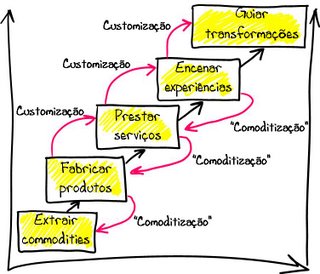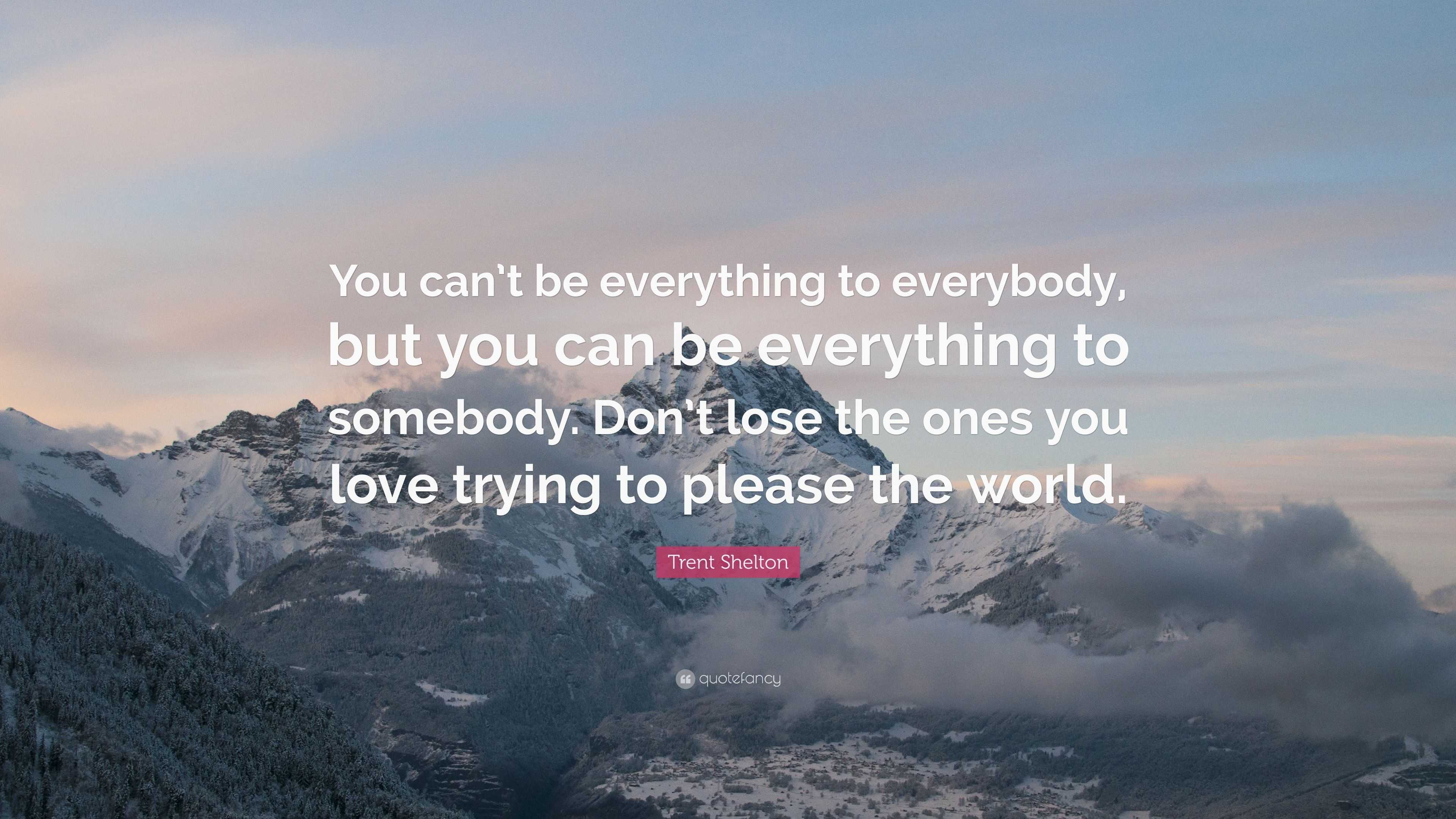Como ouvi ontem Sérgio Sousa Pinto dizer, a política em Portugal é um leilão de bondades.
"Programa do PS abre a porta às "semanas de quatro dias" e a salário mínimo de 900 euros"
Lembrei-me logo do velho (Julho de 2007) “Nós não estudámos até ao fim todas as consequências das medidas que sugerimos”.
Estão a imaginar um Estado exaurido e depauperado a ter que lidar com semanas de quatro dias em todos os serviços que trabalham por turnos? Estão, por exemplo, a imaginar o impacte desta medida (semanas de quatro dias) no Serviço Nacional de Saúde?
Conseguem imaginar o governo a avançar com essa medida e a assegurar ao presidente da república que não trará custos adicionais para o Estado. E o presidente a aceitar tais garantias. Pois ... Aquilo que qualquer gestor de pessoas numa empresa que trabalha 24 horas por dia e 7 dias por semana sabe.
Ainda acerca do leilão de bondades, e um espelho para a minha ingenuidade em 2012, Agora é que vão começar as decisões políticas.
Quais as consequências de um leilão de bondades?
Interessante como a chamada comunicação social não pensa nas consequências do que se apregoa e engole tudo passivamente.






























